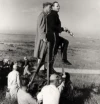The Lives of a Bengal Lancer (1935)
January 11, 1935Release Date
The Lives of a Bengal Lancer (1935)
January 11, 1935Release Date


Plot.
Where to Watch.
Cast & Crew.

Gary Cooper
Alan McGregor

Franchot Tone
Forsythe

Richard Cromwell
Donald Stone

Guy Standing
Tom Stone
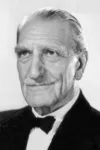
C. Aubrey Smith
Major Hamilton

Kathleen Burke
Tania Volkanskaya

Douglass Dumbrille
Mohammed Khan

Monte Blue
Hamzulla Khan

Colin Tapley
Barrett
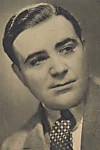
Akim Tamiroff
Otamanu

J. Carrol Naish
Grand Vizier

Noble Johnson
Ram Singh
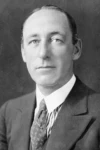
Lumsden Hare
Thomas Woodley

Jameson Thomas
Hendrickson

Mischa Auer
Captured Afridi (uncredited)

Harry Cording
Sentry (uncredited)

Grover Jones
Writer

Sam Harris
British Officer (uncredited)

Lya Lys
Girl on Train (uncredited)

Charles Stevens
McGregor's Servant (uncredited)

Henry Hathaway
Director

Waldemar Young
Screenplay

Achmed Abdullah
Screenplay

John L. Balderston
Screenplay
Media.




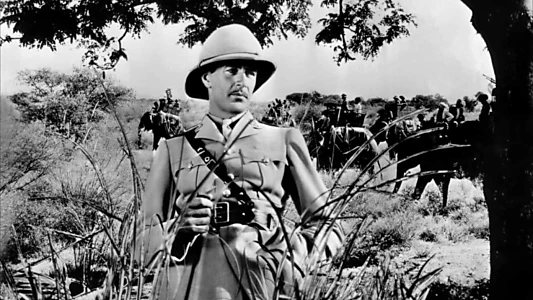










Details.
Release DateJanuary 11, 1935
StatusReleased
Running Time1h 49m
Content RatingNR
Box Office$3,000,000
Filming LocationsMalibu, United States
Genres
Last updated:
This Movie Is About.
Wiki.
The Lives of a Bengal Lancer is a 1935 American adventure film starring Gary Cooper, directed by Henry Hathaway, and written by Grover Jones, William Slavens McNutt, Waldemar Young, John L. Balderston, and Achmed Abdullah. The setting and title come from the 1930 autobiography of the British soldier Francis Yeats-Brown.
The story, which has little in common with Yeats-Brown’s book, tells of a group of British cavalrymen and high-ranking officers desperately trying to defend their stronghold and headquarters at Bengal against the rebellious natives during the days of the British Raj. Cooper plays Lieutenant Alan McGregor, Franchot Tone, Lieutenant John Forsythe, Richard Cromwell, Lieutenant Donald Stone, Guy Standing, Colonel Tom Stone, and Douglass Dumbrille plays the rebel leader Mohammed Khan, who speaks the now often-misquoted line "We have ways to make men talk."
The film was produced and released by Paramount Pictures. Planning began in 1931, and Paramount had expected the film to be released that same year. However, most of the location footage deteriorated due to the high temperatures, and the project was delayed. It was eventually released in the US in 1935.
It met with positive reviews and good box office results, and was nominated for seven Academy Awards, winning Assistant Director, with other nominations including Best Adapted Screenplay and Best Picture. The film grossed $1.5 million in worldwide theatrical rentals.
You May Also Like.

Spider-Man: No Way Home (2021)

Inside Out (2015)

Gone Girl (2014)

Parasite (2019)

Iron Man (2008)

Eternal Sunshine of the Spotless Mind (2004)

The Intouchables (2011)
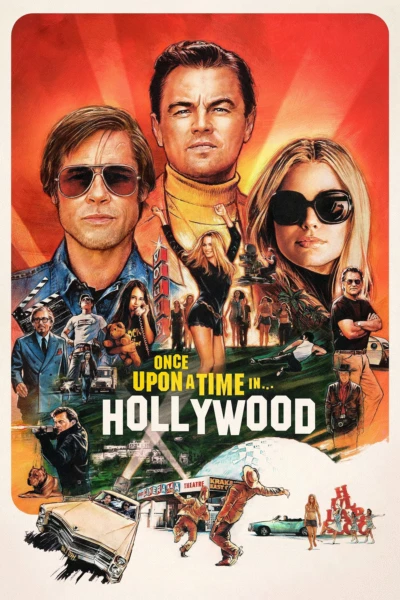
Once Upon a Time... in Hollywood (2019)

Blade Runner (1982)

Love Actually (2003)

American Psycho (2000)

Psycho (1960)

As Above, So Below (2014)

Casablanca (1943)
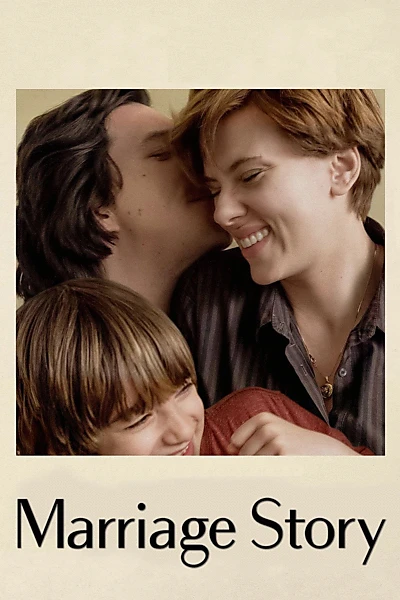
Marriage Story (2019)

Unbreakable (2000)

Two Mules for Sister Sara (1970)
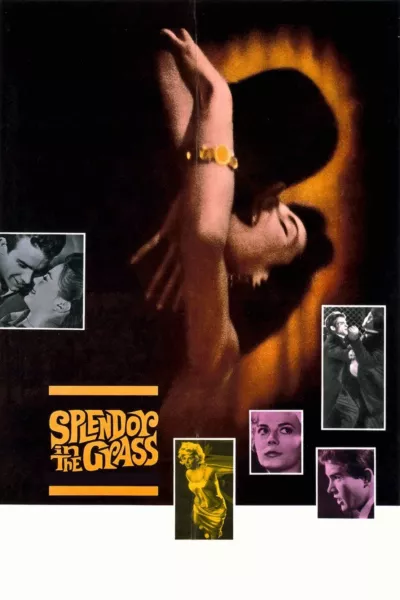
Splendor in the Grass (1961)

Shanghai Express (1932)





